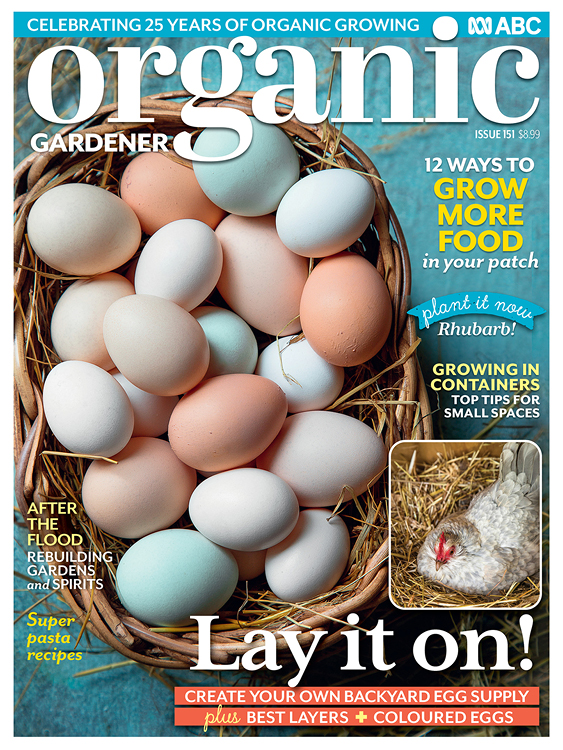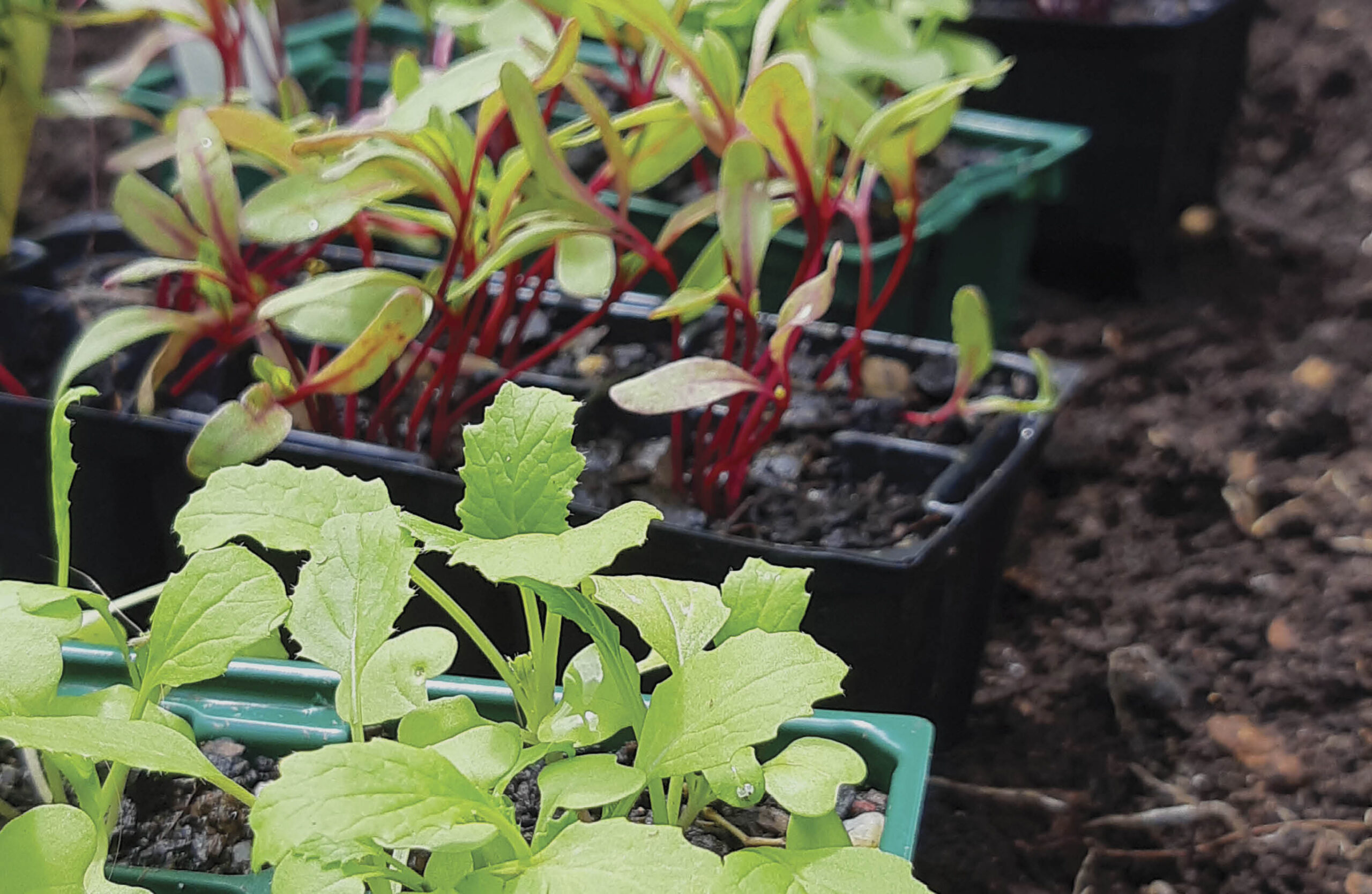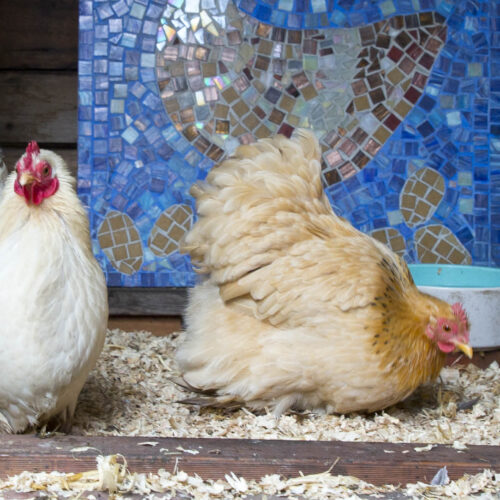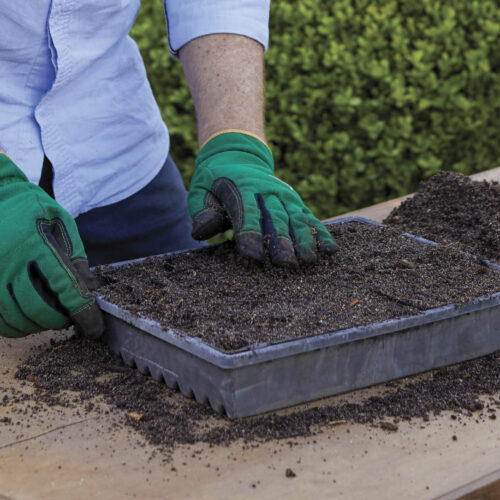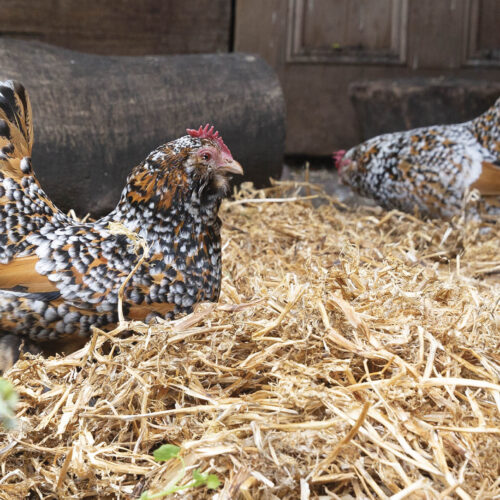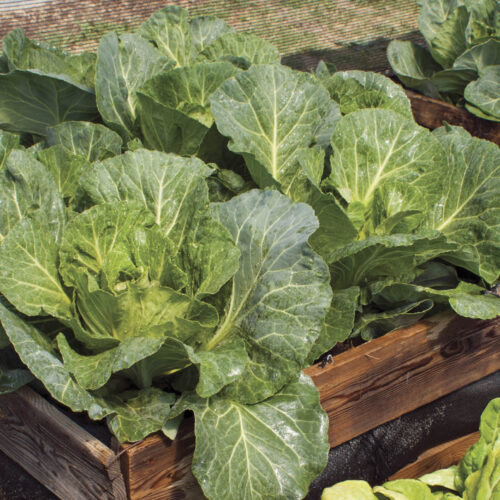Top tips for making the most of your garden’s growing potential
2025-01-15T15:55:45+11:00
Armed with a bunch of clever techniques and ideas, it’s easy to maximise your garden’s potential and enjoy an abundant supply of fresh, organic, homegrown produce all year round.
Try these simple growing tips for more success all year round.
Avoid bare spots
Make the most of every bit of nutrient-rich organic soil you’ve created in your garden. Whenever a space opens up, seize the opportunity to plant anew. The quicker you act, the sooner you’ll reap a fresh harvest. Stay proactive by anticipating the end of each crop’s cycle and planning your next planting accordingly. The key is to maintain continuous planting to maximise your garden’s productivity and ensure a steady supply of delicious produce throughout the growing season.
Start seed in punnets
When you sow seeds directly into the soil, you’re gambling with nature’s whims. Sometimes challenging weather conditions will cause poor germination, risking wasted time and precious garden space. Think of your patch as prime real estate, reserved for thriving, productive plants. Starting seeds in punnets allows you to have some control over the conditions which increases your germination rate.
Most seedlings will be ready to go in the ground after about three weeks from sowing. That gives you three weeks head start over direct sown seed, increasing your production. If your beds aren’t quite ready, plant the seedlings into pots to grow them on until a spot opens up. This strategy ensures you’re always prepared to fill any empty spaces that appear in the patch. Remember, while most plants thrive with this approach, carrots and parsnips demand the direct sowing experience, as their taproots won’t tolerate transplanting.
Multi-sow seed
While most vegetables are traditionally grown as individual plants, some can be grown just as successfully in small clusters, and it can significantly boost your garden’s productivity within a given space. Utilising multicell punnets for raising seedlings allows you to sow multiple seeds per cell, before planting them out as plugs of clustered seedlings. This method is particularly effective for beetroot (3–4 seeds per cell), onions (4–5 seeds), radishes and turnips (5–6 seeds), and rocket (2–3 seeds). On the other hand, vegetables such as cabbage, cauliflower, bok choy and lettuce, tend to perform best when grown as single plants, ensuring they have ample space to develop and mature.
Phil Dudman’s full article with more growing tips appeared in our Early Spring 2024 issue (OG 151). Subscribe to ABC Organic Gardener and get practical gardening solutions delivered to your door eight times a year!
